Badfinger 1970 albums
Buy Magic Christian Music Buy No Dice Badfinger thrust into the world of popular music with their first two releases, the soundtrack Magic Christian Music and the rock album No Dice. The first […]
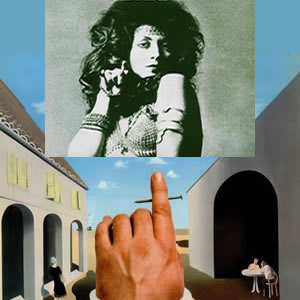
Buy Magic Christian Music Buy No Dice Badfinger thrust into the world of popular music with their first two releases, the soundtrack Magic Christian Music and the rock album No Dice. The first […]
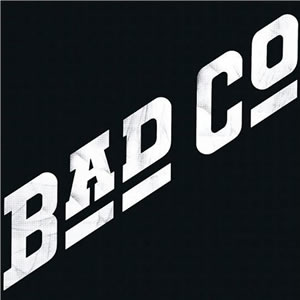
Buy Bad Company Originally considered a pet project of Led Zeppelin manager Peter Grant and his new label, Swan Song, it took no time for Bad Company to find their own niche in […]
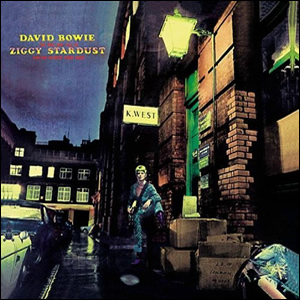
Buy The Rise and Fall of Ziggy Stardust and the Spiders From Mars Through a very long and distinguished career, David Bowie’s absolute classic is the 1972 album The Rise and Fall of […]
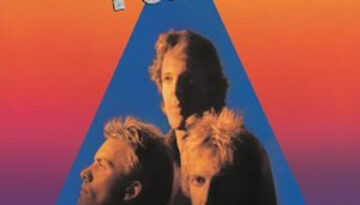
Buy Zenyatta Mondatta Zenyatta Mondatta was the hinge album which fell right in the middle of The Police‘s short career as an active band. True to form, this third studio release by the […]
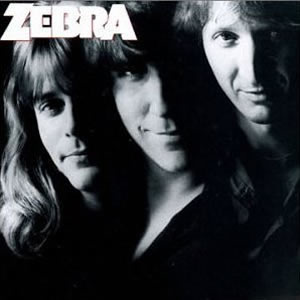
Buy Zebra The rock trio Zebra existed with almost equal measures of three critical stripes – love, hate and indifference. The group’s dedicated fans point out the melodic dynamics present with group leader […]
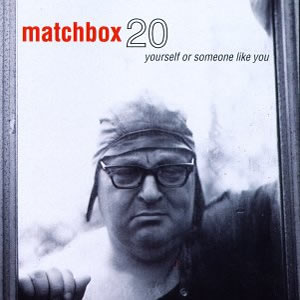
Buy Yourself or Someone Like You A blockbuster debut for Florida-based rock band Matchbox 20, the 1996 album Yourself or Someone Like You hit the post-grunge sweet spot with popular music fans as […]
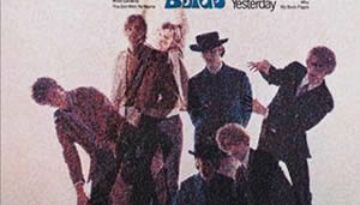
Buy Younger Than Yesterday The fourth album by The Byrds, 1967’s Younger Than Yesterday saw a continued evolution of the quartet’s sound towards a mature fusion of jazz and psychedelia and jazz into […]
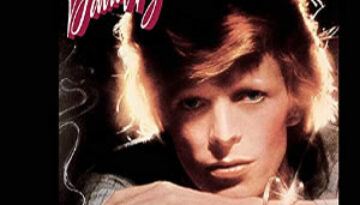
Buy Young Amricans For his ninth studio album, David Bowie decided to move in a radically new direction with the soul and R&B infused 1975 album Young Americans. On this record, which was […]
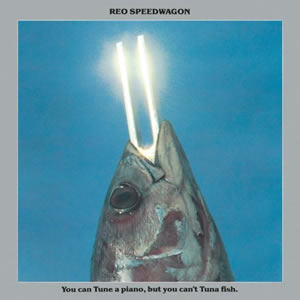
Buy You Can Tune a Piano but You Can’t Tuna Fish Often derided for its ludicrous title and album cover, You Can Tune a Piano, but You Can’t Tuna Fish was nonetheless the […]
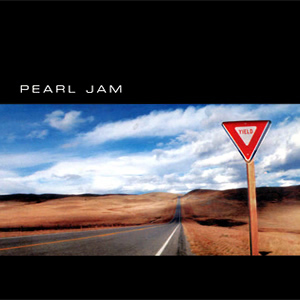
Buy Yield Pearl Jam‘s fifth studio album, Yield, has been viewed as a commercial rebound for the band after a slight drop in popularity during the mid 1990s. The album saw a return […]